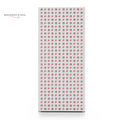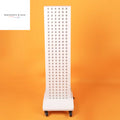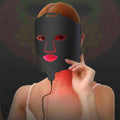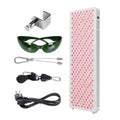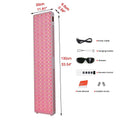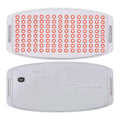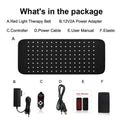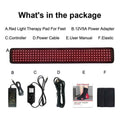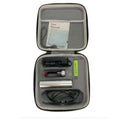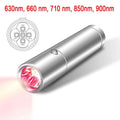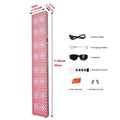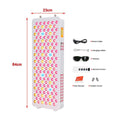Red Light Therapy for Bone Recovery
Posted by MARK HINDLE
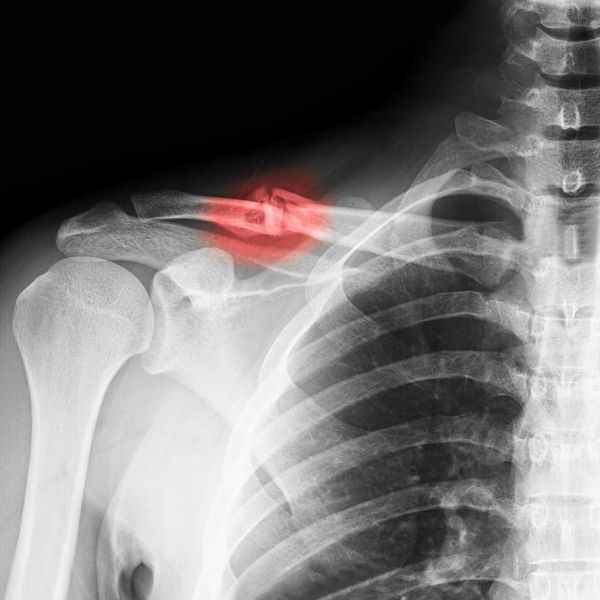
In the realm of regenerative medicine, a fascinating and increasingly popular therapy is shedding new light on how our bodies heal – quite literally. Red light therapy, also known as photobiomodulation (PBM) or low-level laser therapy (LLLT), is emerging as a powerful, non-invasive tool to accelerate bone repair and improve skeletal health. At its core, red light therapy harnesses the power of specific wavelengths of red and near-infrared light. When these wavelengths penetrate the skin, they are absorbed by the mitochondria within our cells. This absorption triggers a cascade of beneficial biochemical reactions, most notably an increase in the production...
Red Light Therapy Wavelengths Explained: Benefits & Science
Posted by MARK HINDLE
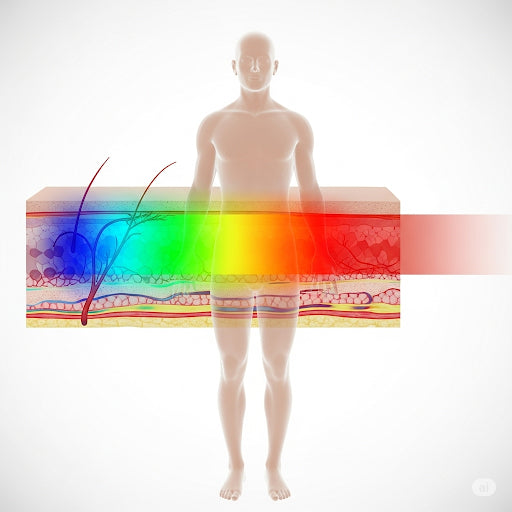
The penetration depth of light in biological tissues is a complex topic, influenced by wavelength, power, tissue type, and even individual variations. The values below are general approximations for therapeutic light (LEDs or low-level lasers) and assume reasonable power output. Important Considerations: Absorption by Chromophores: Different molecules in the body (chromophores) absorb light at specific wavelengths. Melanin (skin pigment), hemoglobin (in blood), and water are major chromophores that influence penetration. Scattering: Light can be scattered as it passes through tissue, which reduces its effective depth. Longer wavelengths tend to scatter less than shorter ones. Effective Depth vs. Total Penetration: While...
1060nm Red Light Therapy Effectiveness: Deep Tissue Benefits
Posted by MARK HINDLE
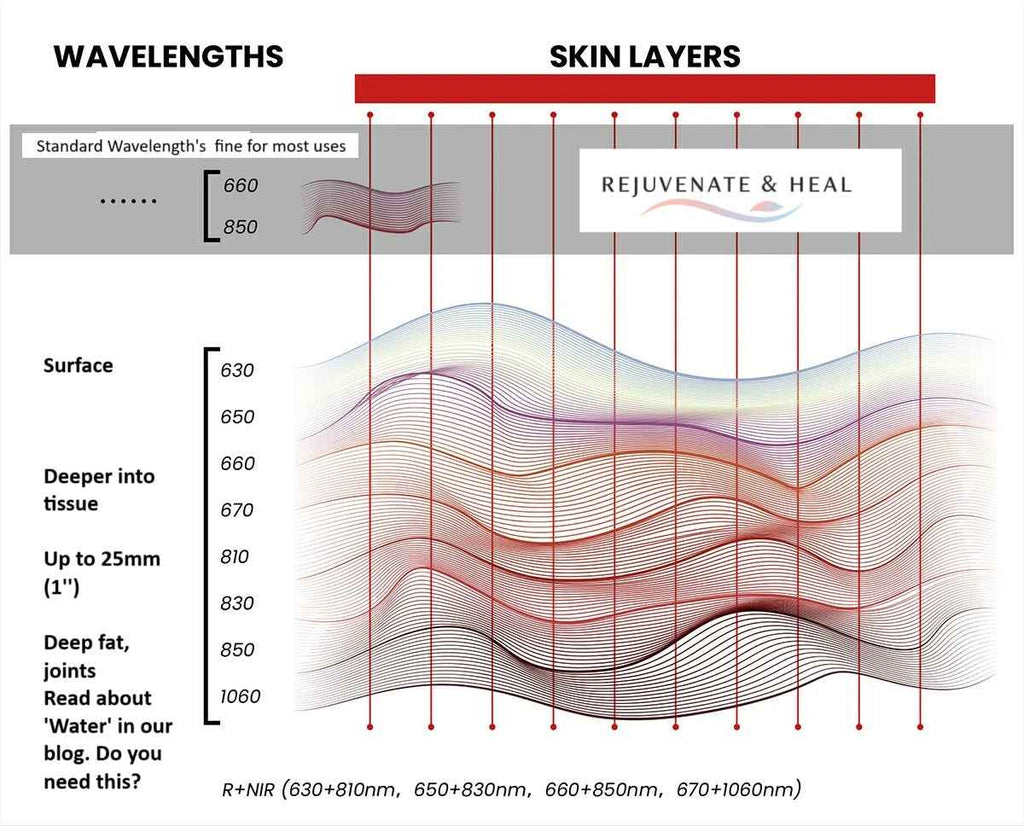
Why increased water absorption at 1060nm can limit its effective depth compared to wavelengths like 810nm 1. Water's Role as a Chromophore: · In the context of light therapy, a "chromophore" is a molecule that absorbs light at specific wavelengths. · Water is incredibly abundant in biological tissues (skin, muscle, blood, etc.). · While water is largely transparent to visible light, it has distinct absorption peaks in the near-infrared (NIR) spectrum. 2. Absorption Peaks of Water: · Water has several absorption bands in the NIR range. Notably, there's a strong absorption peak around 970nm. · As you move further into...




